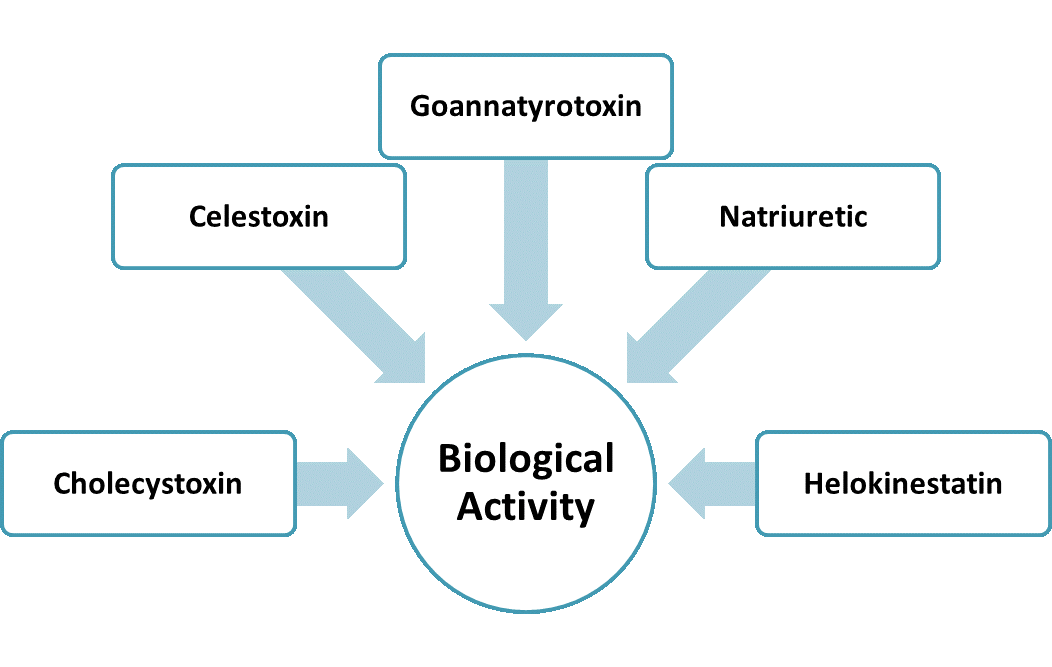Lizard Venom Solutions
In the eyes of most people, lizards are not poisonous animals, but the fact is that many types of lizards do produce some form of venom. The venom drips into the grooves of the teeth and enters the bite wound, and does not pose a threat to humans. Similar to snake venom, lizard venom is also composed of many proteins and can also be used as a biological resource in drug design and development. Creative Proteomics provides lizard venom solutions to study the structure and function of lizard venom and related toxins, and discover new biologically active molecules that have the potential as lead compounds for drug design and development.
Composition Analysis of Lizard Venom
We constructed a lizard venom gland cDNA library to study the relationship between toxins and coding transcripts. Perform transcriptome sequencing and use a protein database BLAST search to identify the toxin sequence by comparing the translated DNA sequence with the previously characterized toxin. In addition to previously isolated and identified toxin types, we also provide new toxin discovery services.
We focus on helping customers analyze and identify proteins/peptides whose sequences have sequence homology with previously characterized toxins, and maximize the identification of protein sequences in lizard venom in order to identify the types of new toxins that exist.
Analysis of Lizard Toxin Structure-Function Relationship
A detailed understanding of the diversification of different toxin types and structural and functional innovations in lizard venom can make lizard venom more attention in medical applications. Therefore, Creative Proteomics provides a sufficient research plan for in-depth understanding of the structure-function relationship of the lizard venom system, and assists customers in tapping the therapeutic potential of these venoms by thoroughly understanding the diversity of molecules and functions.

- Peptide synthesis. Use solid-phase peptide chemistry to synthesize the target peptide, perform reverse-phase HPLC purification, and confirm the identity of the peptide by high-resolution mass spectrometry.
- Animal model experiment. Perform animal experiments to test the function of various toxins and study the biological activities of kallikrein, phospholipase A2, and so on.
- Molecular model. According to the structure of the toxin molecule, molecular modeling technology is used to infer the active site of its formation function.
Applications
Based on advanced technology, we have gained new knowledge about the function of lizard venom protein to help customers have a deeper understanding of venom protein, and it may be applied to the development of future drugs.
- Research on the treatment of blood diseases. Many lizard venoms have selective effects on fibrinogen chains of different clotting proteins.
- Research on the treatment of diabetes and hypertension. The new protein/peptide found in lizard venom may help drug development for diseases such as diabetes and hypertension.
Creative Proteomics is an expert in the field of venom research. We have completed multiple venom research projects and successfully helped our clients complete their research goals. We provide customized venom solutions according to customer needs, please contact us for more information and detailed quotation.
Reference
-
Fry B G, et al. Functional and Structural Diversification of the Anguimorpha Lizard Venom System. Molecular & Cellular Proteomics, 2010, 9(11):2369-2390.
For research use only. Not intended for any clinical use.


